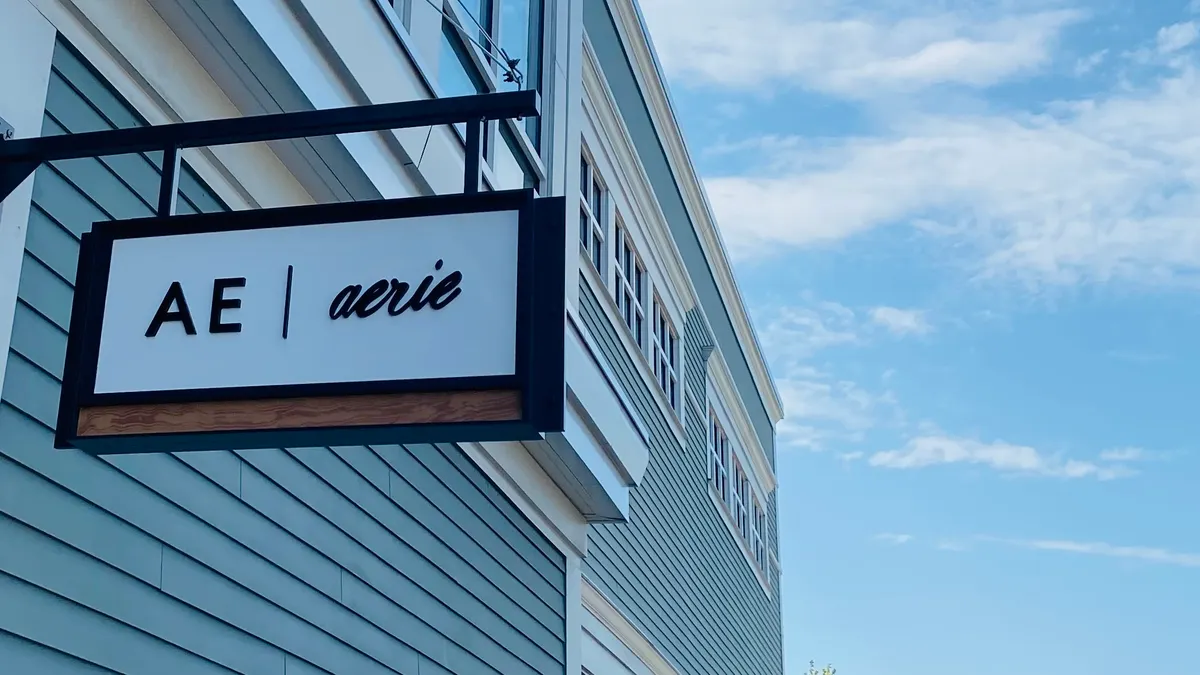This year there were a lot of American retailers looking to fill their CEO spots. The turmoil of the industry, the “retail funk,” the confounding economy, and the changing tastes of younger generations are all giving them fits.
Maybe that’s why there’s been so much drama around who would lead some retailers. This year alone, Target, J.C. Penney, American Apparel, and Abercrombie & Fitch saw their CEOs leave, and all took a moment to replace them. The CEO of American Eagle Outfitters surprised many when he left, too, but, meanwhile, he's yet to be replaced.
So what did these retailers learn from their top-level changes? And what challenges will the new chiefs face in the year ahead?
Target
The most high profile CEO turnover this year was probably at Target. Gregg Steinhafel served the company well for 35 years, starting as a merchandise trainee in 1979. His attention to detail and appreciation of the needs of his customers were often noted.
But the massive data breach of late last year, compounded by a troubled expansion into Canada and other, even earlier missteps, made early 2014 a ripe time for his exit.
The company apparently took note of criticism that it had become too insular, and eventually tapped former Pepsico CEO Brian Cornell for the post rather then promote from within as it's done for years.
Target has posted gains this year, even in Canada, and is seeing success in e-commerce. But Cornell is really just getting started. He and CFO John Mulligan, who served as CEO in the interim this year, have said that Target's efforts in Canada and in grocery must improve soon or drastically change (or end). He has also said that Target will be concentrating on its “signature” categories like apparel and baby items and that the retailer will be better reflecting the local demands and culture of its stores.
J.C. Penney
Even early this year, many observers were still predicting disaster for J.C. Penney. But the retailer has seen a surprising turnaround since the late 2013 return of its previous CEO, Mike Ullman. Ullman came to rescue the retailer from the changes wrought by former Apple Inc. retail guru Ron Johnson, who in the end admitted he wasn’t the right guy for the job.
Ullman’s tenure was always seen as temporary, although he had taken pains to declare himself not “an interim CEO.” But the retailer, like many others, seemed unable to find the right person for the job.
Until October, that is, when Penney finally tapped former Home Depot head Marvin Ellison. Ellison doesn’t begin work there until next year. But he has a lot of executive retail experience, not just at Home Depot but also at Target, and especially in operations and logistics. That’s good because those are things Penney has juggled with varying success since Ron Johnson first began making his changes.
American Apparel
American Apparel saw a lot of CEO drama this summer, and the amazing thing? It’s not over, despite the retailer’s hire of retail-savvy Paula Schneider. Schneider held the top position at brands such as BCBG Max Azira, Gores Group, and Warnaco, and is slated to take over at American Apparel Jan. 5.
Charney founded the company and has become known for making clothes in the U.S.A., treating workers financially well, and using overly risqué and sometimes offensive marketing tactics. He was ousted as CEO in June after his own personal sexual and financial shenanigans apparently became to difficult to ignore. But he stayed on as an advisor, a role he was reportedly offered more recently too, but turned down because it was unsatisfactory to him.
Yet just days after the naming of Schneider and finally firing Charney, word came that private equity firms were interested in a takeover of the company that could re-instate Charney in some capacity meaningful to him. That seems to be unlikely to be CEO: Charney himself supports Schneider and advocated for her to name a seat on the board.
In any case, Schneider has her work cut out for her in reviving a struggling brand that has enough challenges in the apparel retail market even without the ongoing drama.
American Eagle Outfitters
Another surprise CEO ouster happened in April, when American Eagle Outfitters CEO Robert Hanson left amid controversy about changes he was attempting at the teen apparel retailer.
Like Robert Johnson at J.C. Penney, Hanson was brought on to be bold and different, but his ideas weren’t palatable to directors who turned out to be more comfortable with many elements of the status quo. That has led to speculation that the retailer will be overly resistant to change, a problem that is hardly an enticement to most CEO candidates. Chairman of the board Jay Schottenstein is serving as CEO, but only for the interim.
Abercrombie & Fitch
While Abercrombie & Fitch has suffered under the same retail environment as many retailers in the teen clothing arena, it's also been feeling the pain of self-inflicted wounds for a while now.
Michael S. Jeffries, who was stripped of his chairman position in January and ousted as CEO this month, during his tenure made some ugly comments including that the retailer's idea of catering to its customers was to be exclusive to only “cool kids.”
Jeffries has been credited with Abercrombie & Fitch’s rise in the last decade but, not surprisingly, was also blamed for its fall. The retailer is clearly desperate to regain its footing with teens, and removing Jeffries from his chairman role earlier this year didn’t go far enough for many of his detractors.
Abercrombie's non-executive chairman of the board Arthur Martinez is taking over as CEO, and the board has also established a new office of the chairman to "oversee the company's strategic direction," according to a company statement. Maybe without the burden of being an arbiter of cool, Abercrombie can work on figuring out what teenagers of all stripes actually want to buy from them.






















